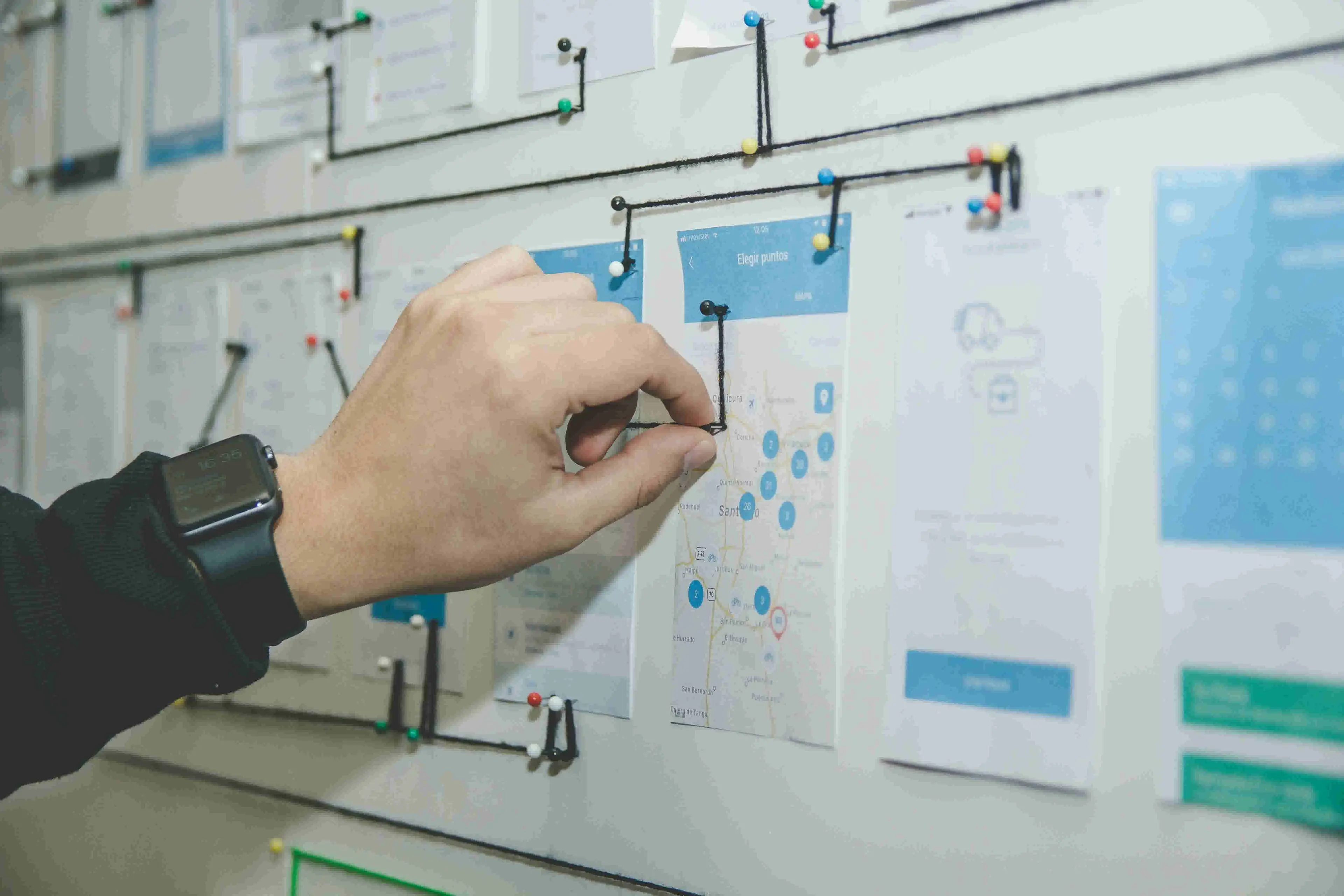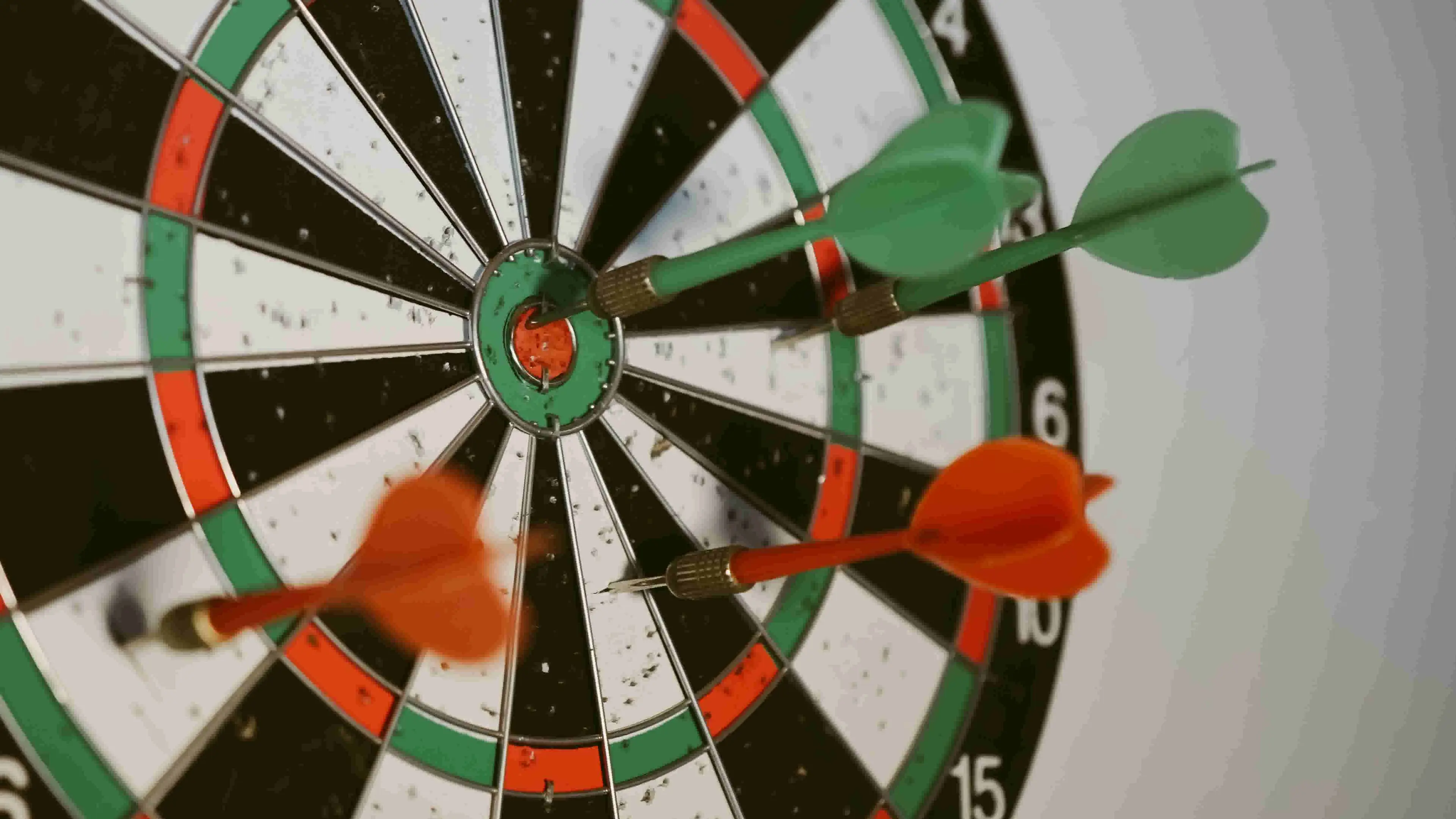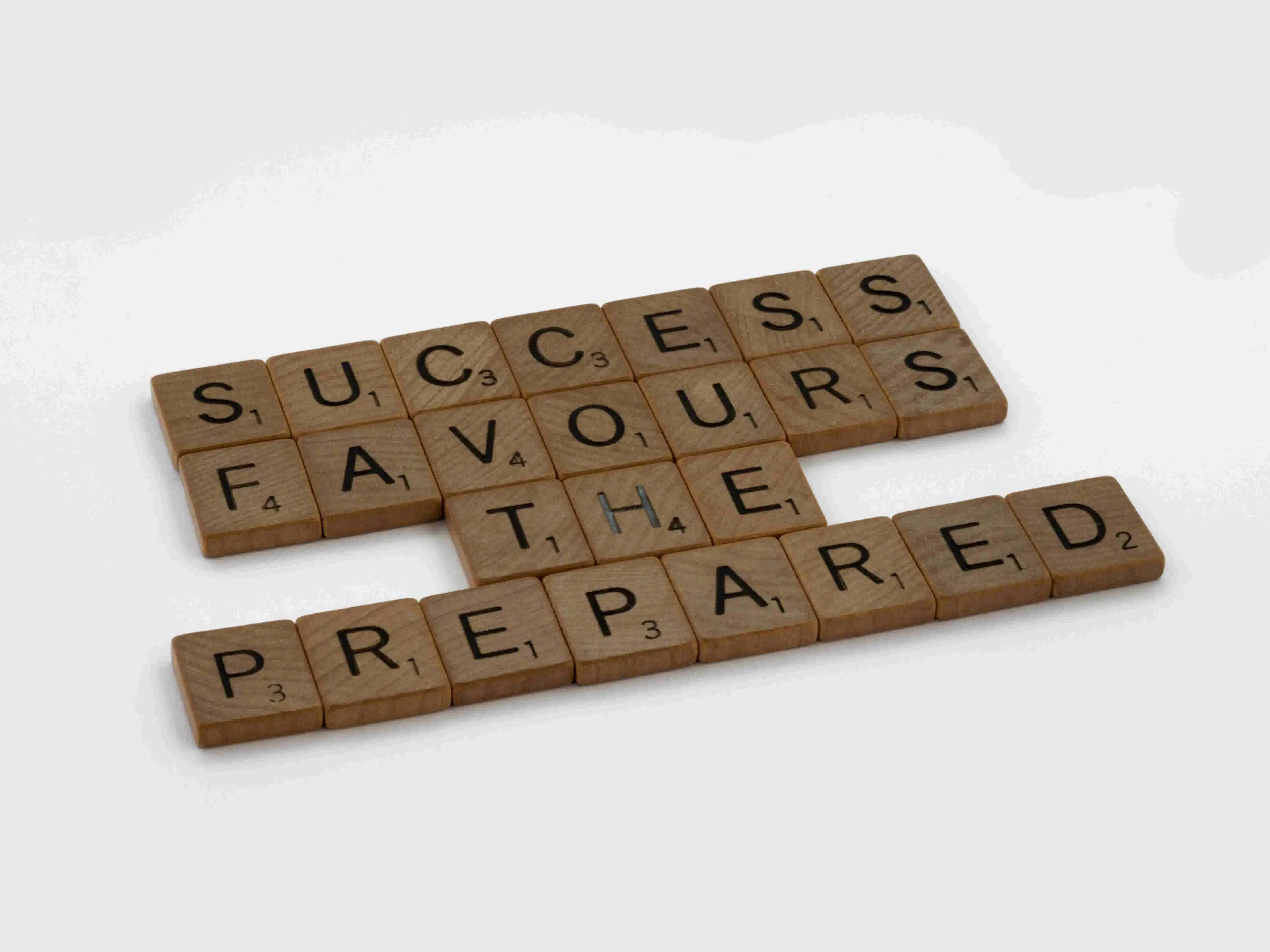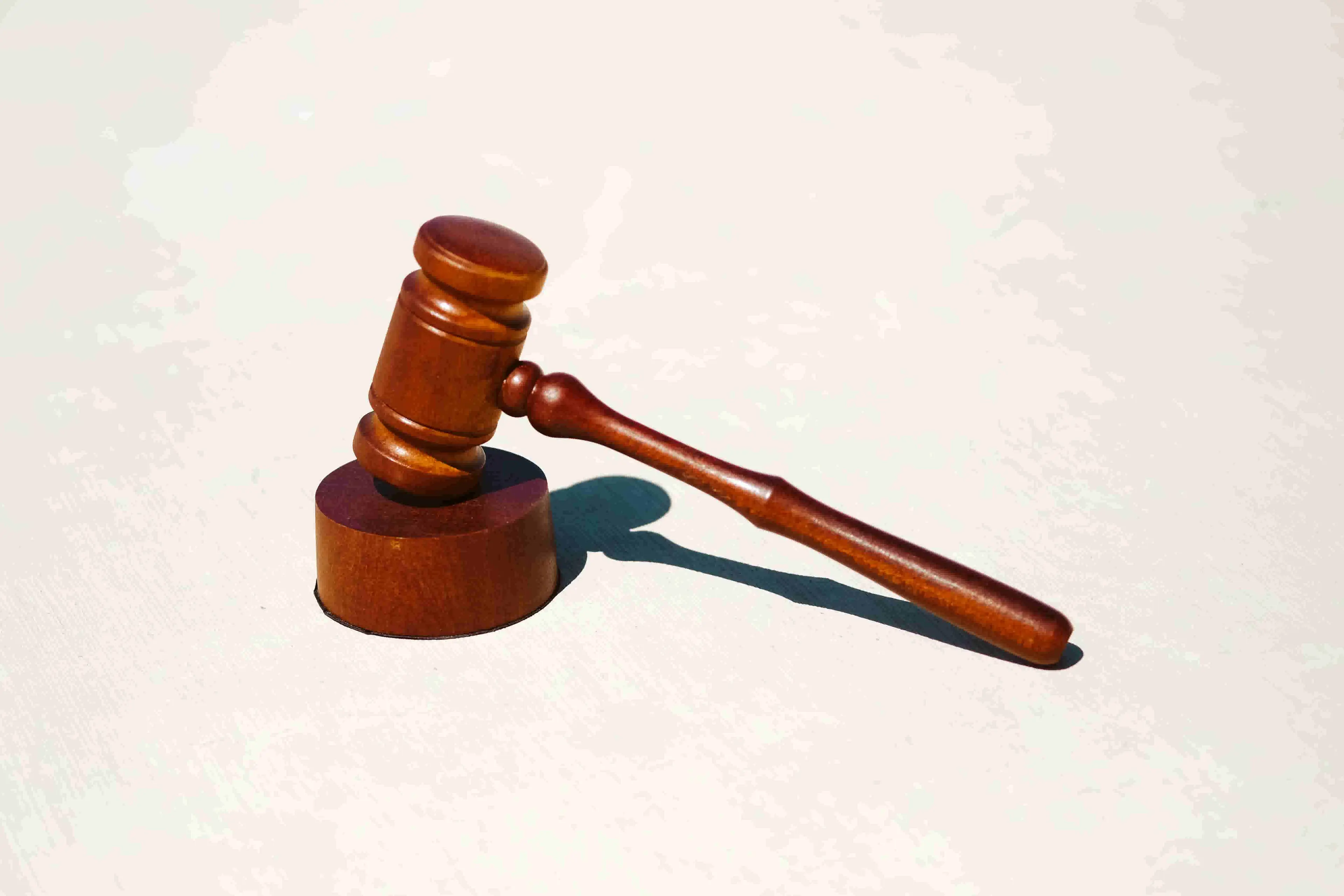Leadership diaries
10 Steps to Implement a Successful Procurement Process
Sep 10, 2022 • 3 min read

▼
Leadership diaries
Sep 10, 2022 • 3 min read

Leadership diaries
Sep 5, 2022 • 3 min read

Leadership diaries
Sep 8, 2022 • 3 min read

Leadership diaries
Sep 10, 2022 • 2 min read


10 Steps to Implement a Successful Procurement Process
Sep 10, 2022 • 3 min read
Implement a successful procurement process by establishing clear objectives, defining criteria, assessing organization's needs, identifying suppliers, conducting RFX, evaluating suppliers, negotiating terms, streamlining ordering process, monitoring contract performance, overseeing supplier relationships, and ensuring compliance with regulations.

Global Procurement: Opportunities and Challenges
Sep 5, 2022 • 3 min read
Global procurement involves many challenges, from geographical diversity and cultural differences to high transportation costs and potential for fraud and corruption. Organizations can streamline the process by leveraging technology and outsourcing operations, embracing globalization, mitigating risk, and navigating legal and regulatory issues. Consideration must also be given to international trade agreements and tariffs on goods and services sourced globally.

9 Steps to Create an Accurate, Holistic Procurement Budget
Sep 8, 2022 • 3 min read
Creating a procurement budget involves identifying goods/services, establishing a budgeting process, gathering historical data, estimating costs, allocating budget, monitoring/adjusting, communicating with stakeholders, and continuously reviewing/improving. Optimize procurement budget by continuously reviewing and improving process.

Procurement Outsourcing: Benefits and Examples
Sep 10, 2022 • 2 min read
Procurement outsourcing involves hiring a third-party vendor to handle procurement functions, leading to cost savings, improved efficiency, better supplier relationships and increased innovation. Companies should choose a reputable, experienced outsourcing partner to achieve these benefits.

A Guide to Creating an Effective Procurement Policy
Sep 13, 2022 • 4 min read
A procurement policy outlines the rules and regulations associated with purchasing goods and services within an organization. It is important to identify procurement objectives and assess current practices before establishing a framework, defining expenditure categories and implementing the policy. Benefits of having a well-defined procurement policy include reduced costs, improved supplier relationships, and increased competitiveness.

Optimize Your Procurement Process and Elevate Team Performance
Aug 26, 2022 • 3 min read
Adopt digital procurement processes to reduce costs and improve efficiency. Develop a comprehensive procurement strategy with clear goals and objectives. Companies that have adopted digital procurement processes have seen reductions in procurement cycle times and costs, improved supplier collaboration, and increased process efficiency.

6 Benefits of Standardizing the Procurement Process
Aug 11, 2022 • 3 min read
Procurement drives innovation by allowing organizations to acquire resources needed for product and service development. Companies with strong procurement functions are 4x more likely to innovate, with the potential for 20% increase in revenue. By implementing strategic sourcing, organizations can access new technologies to drive innovation.

8 Steps for Conducting a Robust Procurement Audit
Aug 20, 2022 • 2 min read
Conduct a procurement audit to improve procurement processes, ensure compliance with laws and regulations, and reduce costs. Define the audit scope, form an audit team, review procurement records, conduct personnel interviews, perform testing and sampling, identify findings and recommendations, and implement changes. Regular procurement audits, like those conducted by GE, help organizations improve performance.

How Collaboration in Procurement Increases Savings and Efficiency
Jul 30, 2022 • 3 min read
Procurement collaboration leads to cost savings, improved efficiency, and increased supplier innovation. By pooling resources and sharing information, organizations can leverage their collective buying power to negotiate better prices and optimize procurement activities. Numerous studies and real-world examples show the benefits of procurement collaboration for organizations.

8 Steps to Create a Procurement Performance Scorecard
Jul 24, 2022 • 2 min read
Create a procurement performance scorecard to measure and evaluate the success of your organization's procurement function. Steps include defining objectives, identifying KPIs, establishing a baseline, setting targets, collecting and analyzing data, communicating results, and continuously improving the scorecard.

Tail Spend Consolidation: Benefits and Constraints
Sep 30, 2022 • 3 min read
Tail spend consolidation offers cost savings, improved efficiency, and reduced complexity. By consolidating tail spend into larger categories, organizations can negotiate better terms, streamline procurement processes, and establish a data-driven approach to managing this component of their spend. However, organizations should also consider potential risks and take a proactive approach to mitigate them.

The 5 Steps of a Procurement Performance Improvement Plan
Jul 18, 2022 • 3 min read
Assess current performance, define objectives and metrics, develop a plan of action, implement and monitor, continuously improve. Use data and analytics for identification and measurement of progress. A continuous process to ensure desired results and effectiveness over time.

8 Steps to Create Disaster Recovery and Contingency Plans
Jul 15, 2022 • 3 min read
Creating a procurement disaster recovery plan is crucial for businesses. It involves identifying risks, developing a communication plan, establishing alternate sources of supply, implementing backup systems, training staff, and regularly testing and updating the plan. A well-crafted disaster recovery plan helps to minimize the impact of supply chain disruptions and ensure business continuity.

8 Steps to Implement a Robust Procurement Evaluation System
Jun 18, 2022 • 2 min read
Implement procurement performance evaluation system to ensure efficient and effective procurement processes. Key steps include defining objectives, identifying metrics, establishing a baseline, developing a plan, monitoring performance, analyzing results and continuous improvement. Key metrics include cost savings, supplier performance, compliance, timely delivery, and quality.

10 Steps for Effective and Impactful Procurement Software Training for Teams
May 25, 2022 • 3 min read
Train procurement team on procurement software to improve processes. Offer hands-on training, assign mentor, provide ongoing support, regularly scheduled sessions, custom training materials, real-world scenario training and make it a part of onboarding. Ensure team's effective use of software for successful procurement.

Maximizing Governance with Purchase Order Approval Processes
Jan 4, 2022 • 3 min read
The purchase order (PO) approval process is crucial for organizations to ensure accurate and cost-effective purchases, reducing PO processing time and improving overall performance. Streamlining PO approval workflows and implementing key strategies such as centralizing documents, automating notifications, and implementing security measures can enhance the efficiency and security of the PO approval process.

Key Metrics to Track the Success of Purchase Order Processes
Jan 1, 2022 • 3 min read
Streamlining a purchase order (PO) process can improve a company's efficiency, accuracy, and customer relations. By automating tasks and using efficient systems, companies can reduce manual labor costs and improve supply chain visibility. Key performance indicators (KPIs) and regular monitoring can help measure the effectiveness of the PO process and drive continuous improvements. Leveraging technology and analytics can optimize the PO process for maximum efficiency and success.

Maximize Accuracy via Streamlined Purchase Order Processes
Dec 29, 2021 • 3 min read
Streamline purchase order processes to reduce errors and increase accuracy by identifying problem areas, establishing guidelines, leveraging technology, and optimizing workflows. Implement software to automate data entry, track order status, and improve communication with suppliers. Ensure all employees involved in the process are properly trained and follow standard procedures. Optimize workflows by understanding order initiation and approval processes.

Ensuring Purchase Order Compliance with Regulations
Dec 21, 2021 • 3 min read
Ensure compliance with local regulations in purchase orders to minimize legal penalties and improve overall compliance posture. Develop an effective compliance strategy that includes understanding the scope of regulations, setting compliance goals, and using technology such as a purchase order management system for real-time visibility and automation. Protect your business and reputation by making compliance a top priority in purchase order management.

Leveraging Purchase Orders for Increased Social Responsibility: A Guide
Nov 5, 2021 • 3 min read
Incorporating social responsibility into purchase orders is crucial for companies to ensure responsible procurement practices, promoting sustainability and ethical standards. This involves evaluating suppliers on factors such as fair labor practices, environmental sustainability, product safety, supply chain transparency, and community impact. By doing so, companies can build trust with stakeholders and maintain a positive reputation as a socially responsible company.

Leveraging Technology to Maximize Source-to-Pay Efficiency
Oct 3, 2021 • 3 min read
Technology is key to optimizing source-to-pay processes and achieving financial goals. Cloud computing and robotic process automation can streamline tasks such as invoice processing and vendor onboarding, and enhance procurement with analytics and real-time collaboration. Adopting these technologies can improve efficiency, reduce costs, and increase compliance and security in source-to-pay processes.